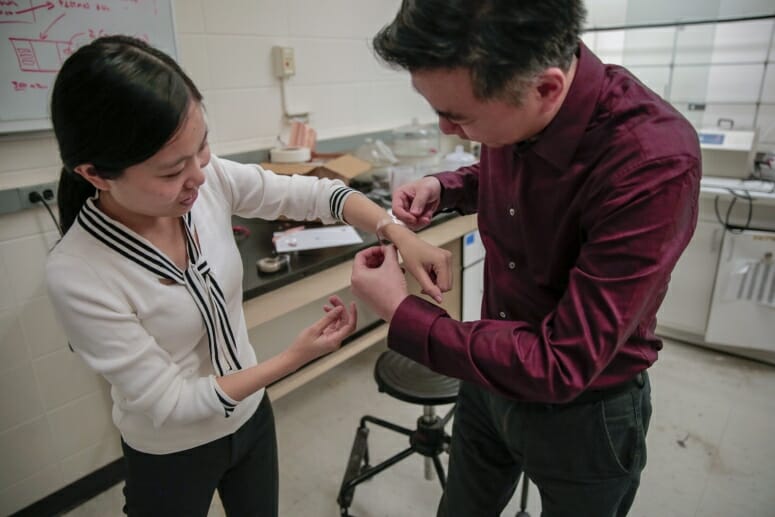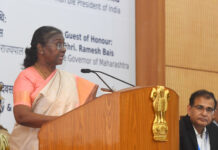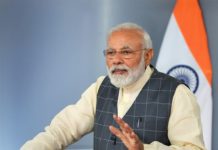
Better bandage promotes powerful healing
A new bandage, cheaper than what is currently available in the market, could accelerate the healing process. Described in the journal ACS Nano, the bandage is made up of small electrodes for the injury site linked to a band holding energy-harvesting units called nanogenerators.
Engineers at University of Wisconsin-Madison have developed the new low-cost wound dressing that could dramatically speed up healing time in a surprising way.
The healing process employs energy generated from a patient’s own body motions to apply gentle electrical pulses at the site of an injury.

Initial test results on rats show the low-cost wound dressing dramatically reduces healing times from nearly two weeks to just three days.
Initial tests show the low-cost wound dressing dramatically reduces healing times from nearly two weeks to just three days
Further testing will be done on pig tissue, which closely resembles human skin. But if the new bandage passes the test, it could revolutionize wound care not just in medical facilities but on battlefields and remote locations where access to health care is more limited.
“We were surprised to see such a fast recovery rate,” says Xudong Wang, a professor of materials science and engineering at UW–Madison. “We suspected that the devices would produce some effect, but the magnitude was much more than we expected.”
Researchers have known for several decades that electricity can be beneficial for skin healing, but most electrotherapy units in use today require bulky electrical equipment and complicated wiring to deliver powerful jolts of electricity.
“Acute and chronic wounds represent a substantial burden in healthcare worldwide,” says collaborator Angela Gibson, professor of surgery at UW–Madison and a burn surgeon and director of wound healing services at UW Health. “The use of electrical stimulation in wound healing is uncommon.”
In contrast with existing methods, the new dressing is much more straightforward.
“Our device is as convenient as a bandage you put on your skin,” says Wang.
The new dressings consist of small electrodes for the injury site that are linked to a band holding energy-harvesting units called nanogenerators, which are looped around a wearer’s torso. The natural expansion and contraction of the wearer’s ribcage during breathing powers the nanogenerators, which deliver low-intensity electric pulses.
“I don’t think the cost will be much more than a regular bandage,” says Wang. “The device in itself is very simple and convenient to fabricate.”














[…] View Full Article […]
Comments are closed.